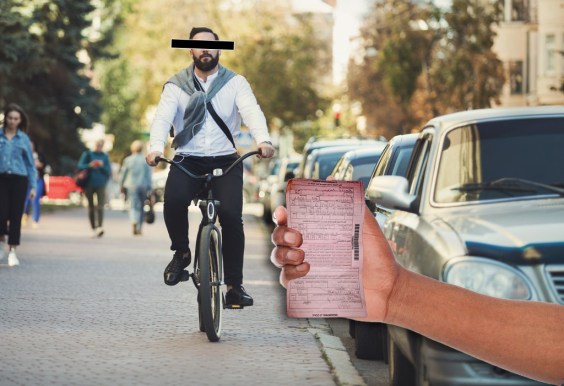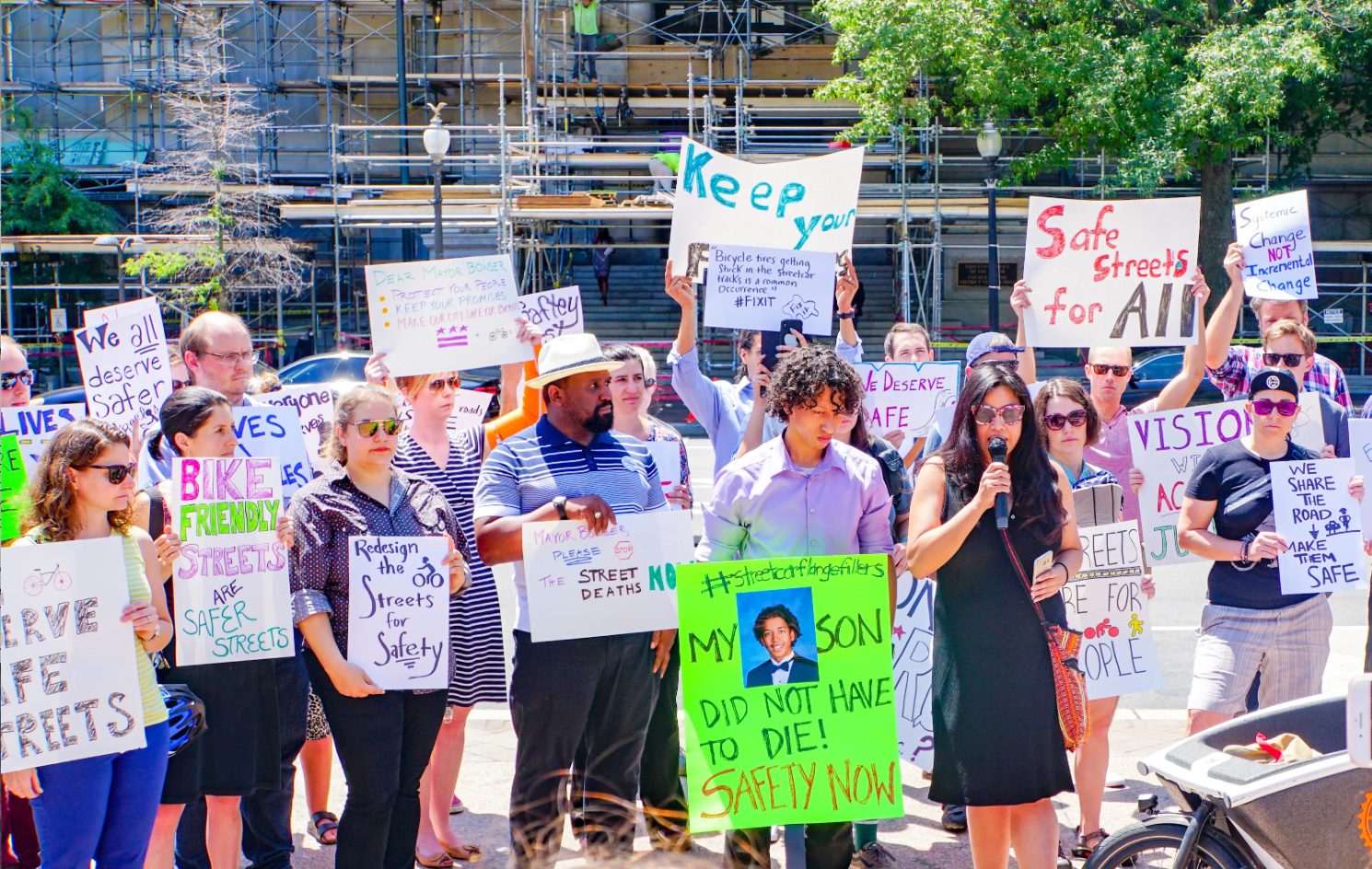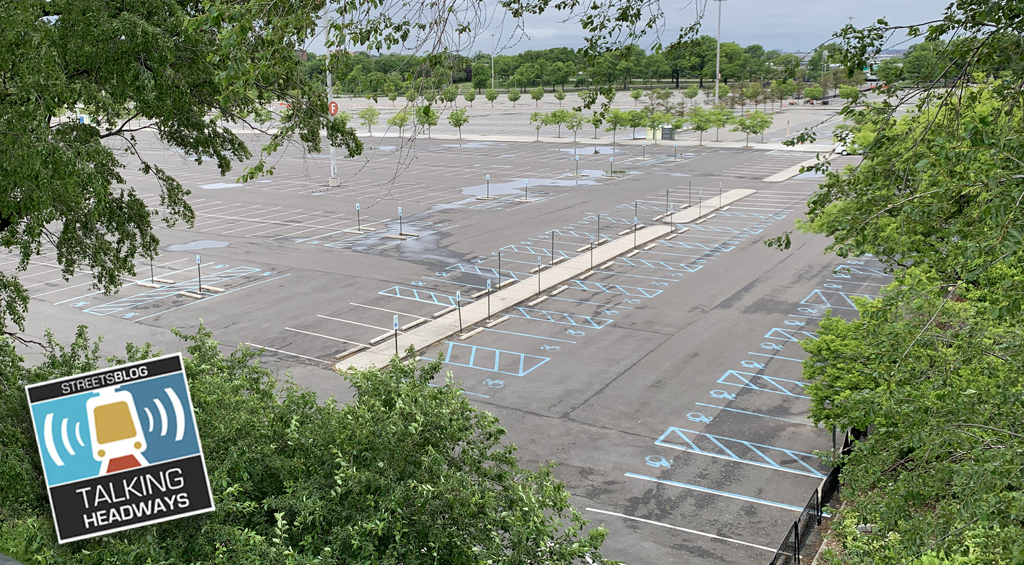The following is an excerpt from "If You Want to Win, You’ve Got to Fight: A Guide to Effective Transportation Advocacy," and is republished with permission. Buy it now at Island Press or wherever books are sold.
People built our transportation system, and people are trying to either change it or keep things the way they are. Elected officials, government staffers, business owners, workers, community leaders — they are all people, just like you. Their transportation-related decisions affect the world around them, and we can influence those decisions.

Regular people make political transportation decisions all the time without realizing it. For example, when a person in a car-dependent place decides to go anywhere, they may not feel like they are making a transportation choice, and they may not be aware of how their choice affects others. From their perspective, they are not choosing to drive to a destination; they are just choosing to go there, and they may feel like a car is their only option.
In the United States, car dependency is currently the status quo. Conversely, in transit-friendly places like the Netherlands or South Korea, the status quo supports the development of more transit. That doesn’t mean it’s apolitical to expand transit in those areas; it means that the pro-transit side has so thoroughly won the political fight that abundant, high-quality transit is considered normal.
Advocates for better transit, biking, and street safety in the US often have to put in a lot of work because challenging the status quo is hard. It’s easier to accept the systems you are operating within rather than push to change them. When people are used to something, they may not even realize that they can or should change it.
For example, every single day on local news radio stations across the country, announcers talk about traffic. As part of those radio traffic updates, announcers often comment about highway backups due to car crashes. If you’re listening to the report while you are driving, you just heard that a person in your area may have died a few moments ago while doing the same thing you are doing right now. You might even drive past the wreckage. That was a person’s life. A life just as important as yours, and it could just as easily have been you.
That is a hard reality to sit with. It is much easier to chalk that up to “that’s how things are” and accept or ignore the costs of our car-centric status quo than it is to reject or work to change the status quo.
Every aspect of our transportation system is inherently political — even when it doesn’t look like it’s doing anything at all. Politics and how it shapes the world is often invisible. For example, you can’t physically see the apparatus of political power that creates and maintains parking spots, nor can you see parking’s full impacts on society. As Donald Shoup points out in "The High Cost of Free Parking," building a parking spot costs tens of thousands of dollars.
Shoup writes: “If drivers don’t pay for parking, who does? Everyone does, even if they don’t drive. Initially the developer pays for the required parking, but soon the tenants do, and then their customers, and so on, until the cost of parking has diffused everywhere in the economy.”
Additionally, parking spots have major environmental costs to society beyond their financial costs. If someone is unaware of parking’s cost to society, they may incorrectly view parking as apolitical, rather than seeing how it is a product of human decisions and how it affects society. Cars and parking are so enmeshed in our current transportation system that efforts to shift things away from them usually involve a power struggle. In fact, attempts to change our transportation system are often viewed as radical.
Transportation politics is radical
Being radical means wanting reality to change significantly. Safe streets, protected bike lane networks, and frequent transit are radical departures from our status quo. Cars are so dominant in the United States that 87 percent of daily trips take place in a private vehicle. It is statistically weird for an adult in the US to leave their home and go to work without using a car.
According to a 2021 Census report, “The Northeast had the highest share of workers who commuted by transit, at 14.3%, followed by the West (4.4%), the Midwest (3.0%), and the South (2.0%).” A 2023 nationwide transportation study said that with 1.3 percent of all commute trips happening by bike, Oregon was the state with the highest share of bike commuting.
Given these percentages, “it’s a powerful statement to ride your bike anywhere,” said Kalli Krumpos of the Washington Area Bicyclist Association. She told me that “it can be an act of resistance to be on your bike.” To want a lot more people to bike or ride transit is to want society to be radically different.
It can be difficult for transportation advocates to internalize this truth. We tend to want pretty straightforward and reasonable things, so it can be hard to see our desires as radical. But it does take radical change to make it so that you can be safe biking around town, or you can take a train wherever you want to go, or your kid can walk to school without the threat of traffic violence.
You aren’t wrong to want these things; it’s society that’s wrong. Because of our current transportation system, tens of thousands of our neighbors die violent deaths on our roads each year, millions of people aren’t able to get where they need to go, and hundreds of millions of people around the globe suffer the ravages of climate change.
We transportation advocates are right to want radical changes to our deadly and broken transportation system. Given that our reality is catastrophic, it’s good to want to divert from it! Our status quo is so out of sync with the needs of our planet and the people who live on it that, as Naomi Klein says in her book This Changes Everything: Capitalism vs. the Climate, “there are no non-radical options left.”
When we recognize that the shifts we want are radical, we can better understand that we will need to build a lot more political power to win, and we can plan accordingly. As mentioned in the introduction, advocates cannot get hundreds of billions of dollars to fund transit by asking nicely. We can only win if we are clear-eyed about what we are up against and if we have the power to back up our demands.
When you have a realistic understanding that change is political and politics is about power, you can seriously examine the power you have, the power you can build, and the power you will need in order to win what you want. The rest of this book will help teach you how to build and wield that sort of power.
Copyright © 2025 by Carter Lavin by permission of Island Press, Washington, D.C.






